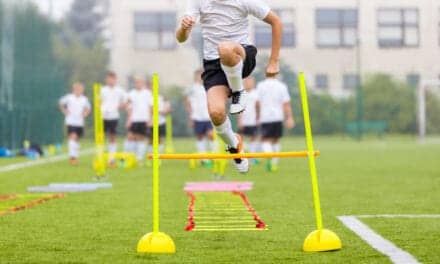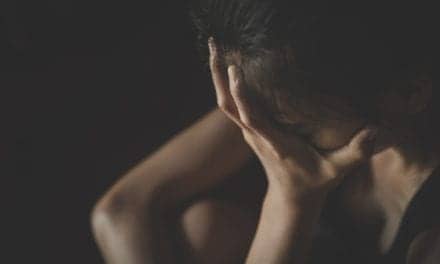The Lawrence Berkeley National Laboratory’s Advanced Light Source (ALS) X-ray facility houses a specialized particle accelerator that generates beams of x-ray light for scientific research. But rather than helping to unravel the mysteries of the universe, the Berkeley Lab—which had been closed after shelter-in-place orders—has been reopened to support research related to COVID-19.
At this time, only approved COVID-19-related experiments are allowed at ALS, which are run by a small group of on-site staff who run the accelerator and ensure safe operations. The specially approved experiments have so far been carried out by individual scientists working at separate experimental sites, known as beamlines, in the ALS facility in order to maintain social distancing. Additionally, on-site workers are taking extra precautions for safety such as regularly sanitizing equipment.
None of the work involves any live samples of the SARS-CoV-2 virus that causes COVID-19. The samples include crystallized viral proteins that cannot cause infection. Additional samples to be analyzed include host-cell proteins required for infection by the virus. X-rays allow researchers to map out the 3D structure of proteins relevant to diseases at the scale of molecules and atoms.
“Everyone I’ve talked to is taking an ‘everything’ approach,” says Jay Nix, PhD, a participant in the new experiments who is beamline director for the Molecular Biology Consortium. “Every idea is on the table”—including explorations of the form and function of the spiky proteins poking out of the virus in the now-ubiquitous colorized images displayed in COVID-19-related websites and news articles. Structural studies can lead to drugs that target and attack the virus while leaving other vital systems intact, for example, or that can otherwise improve the body’s defenses against the virus.
Read more from Berkeley Lab.
Featured image: The domed Advanced Light Source (ALS) building at Berkeley Lab is visible in this drone photo taken in March 2020. The ALS has reopened to carry out COVID-19-related experiments. Credit: Thor Swift, Marilyn Sargent/Berkeley Lab.






